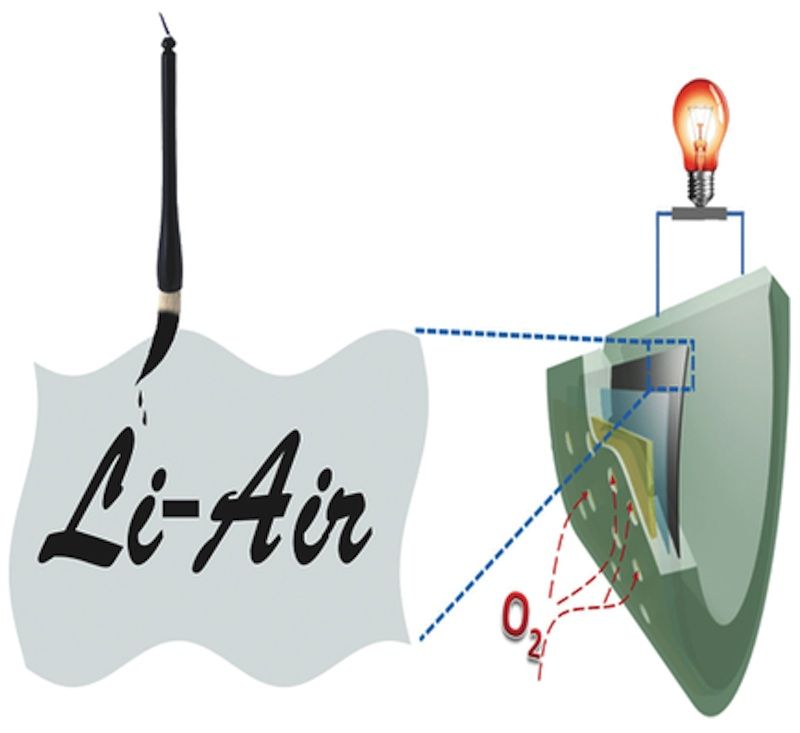
New Foldable Battery Takes Cue from Chinese Calligraphy

Scientists in China have developed a flexible, rollable, foldable battery inspired by traditional Chinese calligraphy involving ink on paper.
Worldwide demand for flexible electronics is rapidly growing, because the technology could enable such things as video screens and solar panels to bend, roll and fold. These flexible electronics require batteries that are equally flexible to power them, but conventional batteries are too rigid and bulky to be used in flexible electronics.
Chinese scientists, however, have developed a flexible lithium-based battery that is based on Chinese brush painting. [5 Crazy Technologies That Are Revolutionizing Biotech]
Lithium-ion batteries power most portable devices, from smartphones to tablet computers to laptops. However, so-called lithium-air batteries could, in principle, hold five to 10 times as much energy as a lithium-ion battery of the same weight. This means that lithium-air batteries could theoretically give electric cars the same range as gasoline ones.
Batteries usually contain two electrodes — the anode and the cathode. In a lithium-air battery, the anode is generally made of lithium metal, while the cathode is typically a porous carbon material that allows the surrounding air into the battery. As the lithium reacts with oxygen in the air, it discharges electricity. Recharging the device reverses the process.
The scientists noted that the main component of black painting ink is carbon, and that paper is porous, thin, flexible, light and cheap. They reasoned that ink drawn on paper could serve as a cathode for a lithium-air battery in a very simple manner.
"Due to the ultra-high theoretical energy density of lithium-oxygen batteries, they may be one of the most suitable candidates in the future for the development of flexible electronics," study senior author Xinbo Zhang, a materials scientist at the Changchun Institute of Applied Chemistry in China, told Live Science.
Sign up for the Live Science daily newsletter now
Get the world’s most fascinating discoveries delivered straight to your inbox.
The researchers constructed a battery from a sandwich of three layers — an ink-paper cathode, a sheet of lithium foil as the anode, and a sheet made of glass fibers between the anode and the cathode that permits electrically charged ions to flow between the cathode and anode.
Zhang and his colleagues found their prototype batteries possessed energy-storage capacities comparable to commercial lithium-ion batteries, even after 1,000 cycles of flexing back and forth. They could also easily fold these sheets into battery packs.
In the future, Zhang said he and his colleagues will explore lightweight flexible coatings for these batteries to protect them from corrosion.
Zhang and his colleagues detailed their findings in the Dec. 22 issue of the journal Advanced Materials.
Follow Live Science @livescience, Facebook & Google+. Original article on Live Science.



